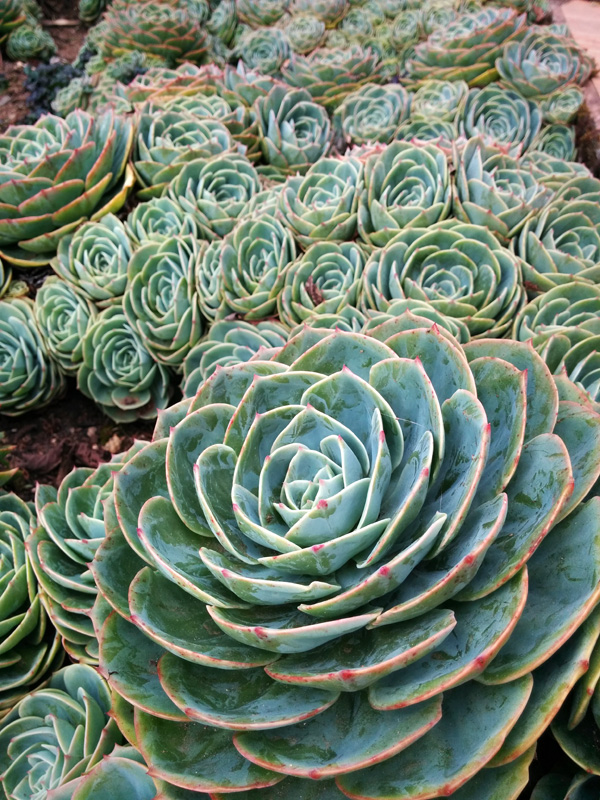The Osa Peninsula is a wild and wonderful place and I was lucky enough one day to spend time aimlessly meandering along the beach at Morgan's Jungle Lodge. I love spending time like this. I like to go off by myself and be lead by whatever catches my eye. I might spend thirty seconds or twenty minutes at a single tree...but I am free to do so. And whenever I allow myself this magical time I am never disappointed. In fact, you will have to bear with me because I had a terrible time trying to limit the number of images for this post.
As I wandered along the beach that day I felt bombarded by the amazing colors and textures I came across. The first image in this post is of a rotting, sand-covered coconut I found on the beach. I was blown away its color and texture.
The immature coconut below also caught my eye. Where the above image seems very loud, this image seems very quiet to me and the green nut seems like it is practically glowing.
I won't comment on every image, but I love the photo below. Something about the contrast between the colorful, lively coconut halves and the moonrock in the background makes me happy.
The next few images are chock full of beautiful Costa Rican texture.
Most of the time I don't move things around when I am taking photos. But I really liked the shape and color of these immature coconuts so I put them on a stone bench to photograph them. As I was arranging them a large troop of at least thirty white-faced Capuchin monkeys was passing by overhead. I could see them looking down at me wondering what I was doing.
I don't know much about the geology of the area but many of the rocks had holes in them. I thought it was interesting that it wasn't just one kind of rock, but both the orange and grey rocks had them.
I took so many picture of old root stumps that I couldn't include them all here. But here are two of my favorites.
I also got a little carried away by photographing tree nubs. I love the character of each of them.
The image above is of an almond tree fruit. The scarlet macaws love this fruit and were all over the place squawking and making a ruckus. The photo below is of a carapace of some kind of colorful lobster.
I also became quite enamored with the absurdly beautiful wood grains I found. The bodies of these trees felt incredibly smooth and muscular. I couldn't help but run my hand over them.
And check out the wood grain pattern on the images below. They looked like topo maps!
The subject of purposeless walking has been in the news of late and I hope that everyone who reads this will take the time to try it. Don't try and combine it with exercising or making phone calls or texting...just take some real time for yourself. And if you truly wander aimlessly you never know where you will end up!
“Go outside. Don’t tell anyone and don’t bring your phone. Start walking and keep walking until you no longer know the road like the palm of your hand, because we walk the same roads day in and day out, to the bus and back home and we cease to see. We walk in our sleep and teach our muscles to work without thinking and I dare you to walk where you have not yet walked and I dare you to notice. Don’t try to get anything out of it, because you won’t. Don’t try to make use of it, because you can’t. And that’s the point. Just walk, see, sit down if you like. And be. Just be, whatever you are with whatever you have, and realise that that is enough to be happy.
There’s a whole world out there, right outside your window. You’d be a fool to miss it.”― Charlotte Eriksson





























































